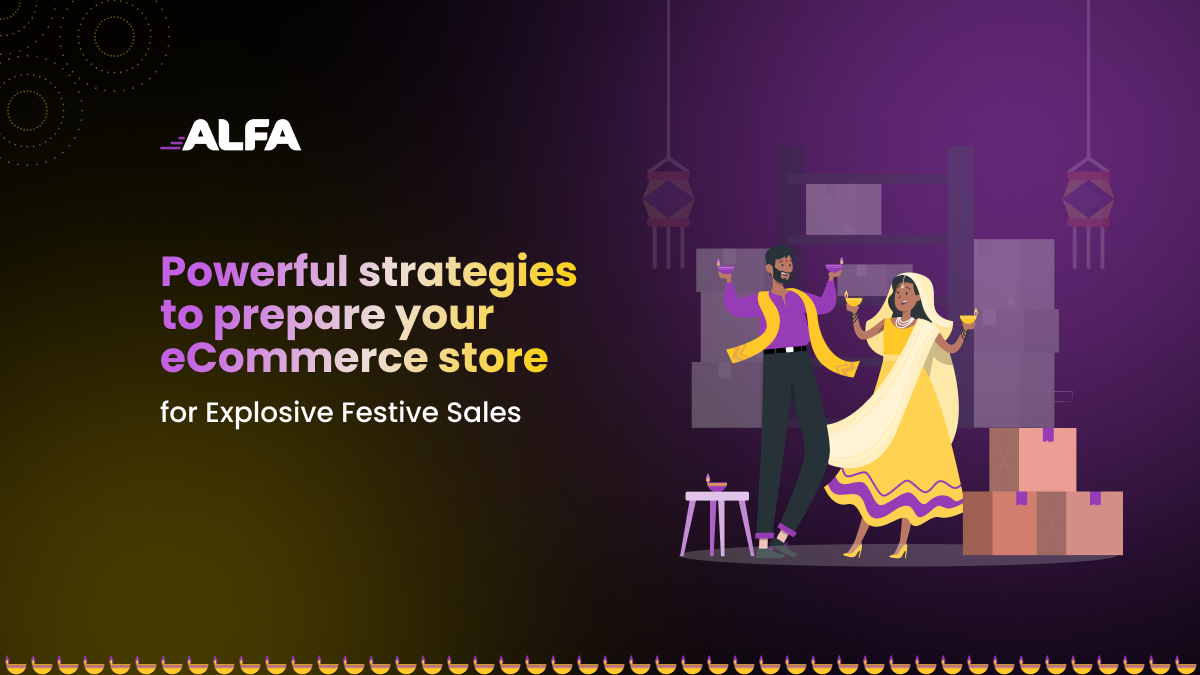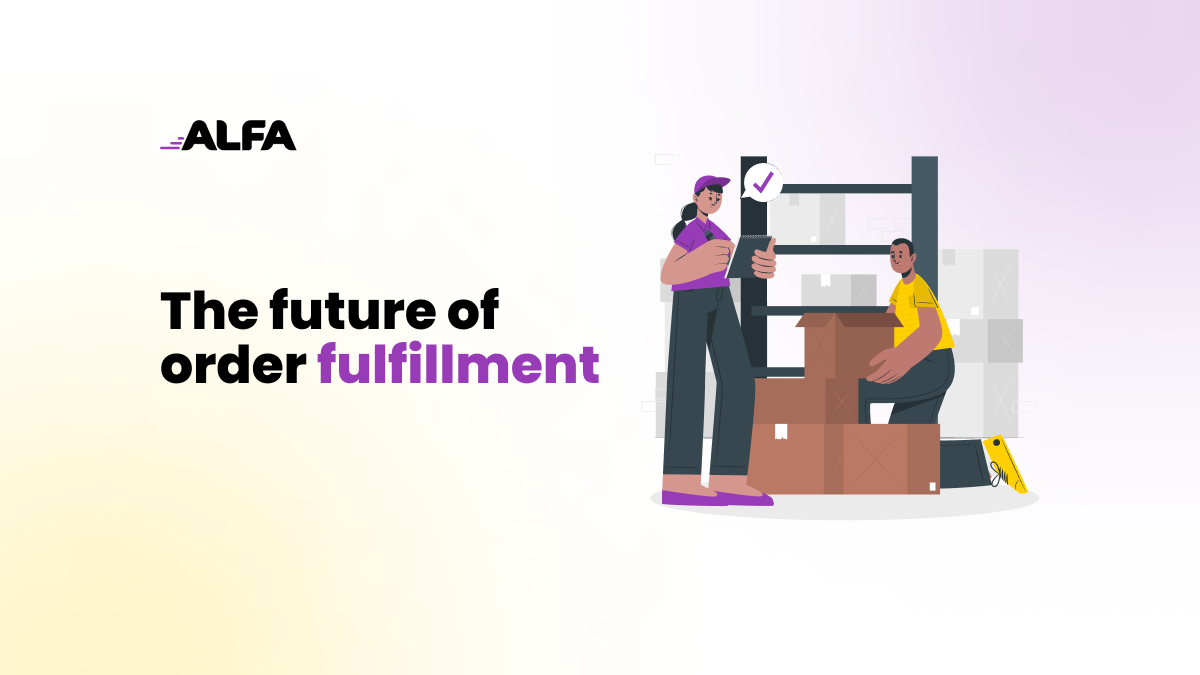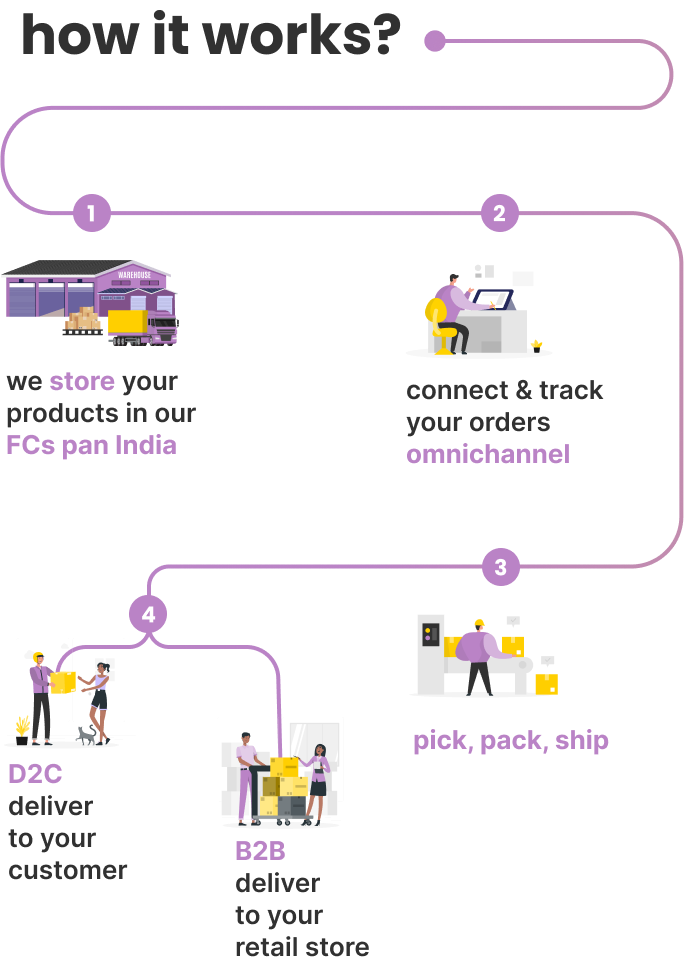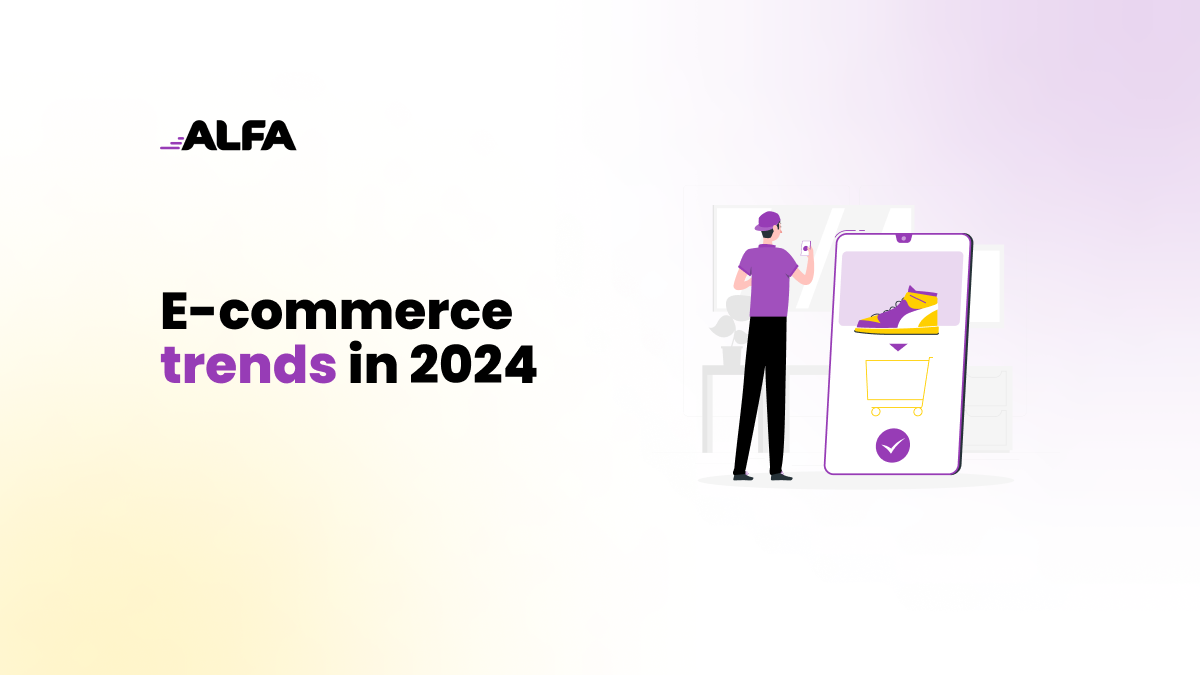Soon after the festive season approaches, business owners everywhere scramble to figure out ways to increase sales. While various strategies can help drive revenue during these busy periods, some methods require minimal effort while delivering significant benefits. One such strategy is Seasonal Packaging. Not only does it help to increase sales, but it also enables e-commerce brands to strengthen customer loyalty, encouraging repeat purchases and fostering a deeper connection with the brand.
The Indian market is crowded, with new brands launching almost every day, increasing competition. To stay ahead, your packaging design needs to stand out. Seasonal or holidays or festive-themed packaging offers a flexible, innovative way to do this, while still maintaining your brand’s core ethos and visual identity.
Seasonal or Festive-themed Packaging: A Smart Strategy to Boost E-commerce Sales
We’ve seen many brands leveraging the power of marketplace giants like Flipkart and Amazon to boost sales which leave their mark with campaigns like “Big Billion Days” and the “Great Indian Festival Sale”, consistently breaking records year after year.
Even if you’ve missed the boat on these events, there are plenty of upcoming festivals you can plan around. With “Diwali” just around the corner, the timing is perfect to adopt seasonal product packaging strategies and capitalize on the surge in online sales.
What is Seasonal Packaging?
Seasonal packaging is the practice of altering your product’s packaging to align with a specific time of year or occasion, such as holidays, festivals, or special events. It’s a clever way to grab customers’ attention and convey relevance, whether through colours, patterns, or themes that match the festive spirit.
Seasonal product packaging often evokes emotions that consumers associate with particular holidays, prompting impulse buys and fostering emotional connections with the product. By showing your customers that your brand is part of the festive season, you invite them to celebrate with you, making them more likely to choose your product over a competitor’s.
The Dynamics of Seasonal Product Packaging
Seasonal or festive-themed packaging goes beyond just putting a festive spin on your product’s exterior. It has to work strategically for your brand by meeting the following criteria:
Brand Consistency: While your packaging may change seasonally, it should still reflect your core branding. Customers should recognize that the festive design is still connected to your overall brand identity.
Limited Edition Appeal: Introducing festive packaging can create a sense of exclusivity. Limited edition designs encourage customers to make quick purchasing decisions before the season ends, driving urgency and demand.
Emotional Connection: Seasonal designs should resonate with the cultural values and emotions tied to a specific occasion. For example, during Diwali, bright and colorful packaging can evoke feelings of celebration, joy, and prosperity.
Functionality: Even with a seasonal twist, packaging should not lose its practicality. It should protect the product, be easy to handle, and deliver the same customer experience they’ve come to expect.
Value to Customer: To the end customer, packaging serves the purpose of already being ‘gift-wrapped’, saving them the time, money and effort in exploring packaging options. Customers who are pressed for time, will seek the most attractive pre-packaged gifting options for their friends and family and professional network.
Increase sales of low-selling products bundled with top-sellers: If your brand has multiple product types, using festive-themed packaging to sell pre-bundled gift options at different price points can really hit the mark with your customers. This is also a great way to push your least sold products with your bestsellers and enable your customers to try more products.
Types of Seasonal or Festive Packaging
There are various ways to implement seasonal-themed packaging, depending on the kind of product and target audience. Some popular types include:
- Festive Holiday Packaging: Most brands cater to holidays like Christmas, Diwali, and New Year with themed colors and illustrations that reflect the joy of the season.
- Seasonal Change Packaging: Some brands alter packaging to reflect the time of year, like switching to a summer theme with bright, fresh designs or a cozy winter aesthetic.
- Special Event Packaging: This could be around large-scale events such as sports championships, national holidays, or brand anniversaries. These limited-edition designs generate excitement and often result in quick sell-outs.
- Cultural & Regional Packaging: Adapting to regional festivals like Pongal, Holi, or Eid allows brands to connect with specific audiences on a cultural level, showing that they understand and value local traditions.
Right Strategies for Seasonal Packaging for E-commerce Brands
Getting seasonal holidays packaging right requires a thoughtful strategy. Here are some key points to ensure your brand capitalizes on this trend:
- Plan in Advance: To ensure your packaging design is ready for the season, start planning months in advance. This includes working with designers, sourcing materials, and coordinating with logistics teams to ensure timely delivery.
- Stay True to Your Brand: While it’s tempting to fully embrace the festive design, remember that consistency is key. Your seasonal product packaging should still clearly reflect your brand, making it easily recognizable to your customers.
- Create a Sense of Urgency: Time-sensitive packaging that is only available for a limited period makes customers feel they are purchasing something unique. Highlighting that the packaging is exclusive to the festive season encourages quicker buying decisions.
- Test Different Designs: Not every idea will work, so it’s important to experiment with different packaging concepts. Test new designs in small batches before rolling them out across your entire product line to see what resonates with your customers.
- Sustainability Matters: In today’s eco-conscious market, season-themed packaging shouldn’t come at the cost of environmental responsibility. Consider using recyclable or sustainable materials, as this can further enhance your brand’s appeal.
ALSO READ:
Powerful Strategies to Prepare Your Ecommerce Store for Festive Sales
CONCLUSION
Seasonal Packaging is an underutilized yet powerful strategy that can help D2C and e-commerce brands increase their market share, strengthen customer loyalty, and drive sales, especially during key festive times. By aligning your packaging design with the spirit of the season, you’re not only providing an attractive product but also creating an emotional experience that resonates with your customers.
To know more about strategies to increase your sales by having a robust distribution network PAN-India, get in touch with us!








